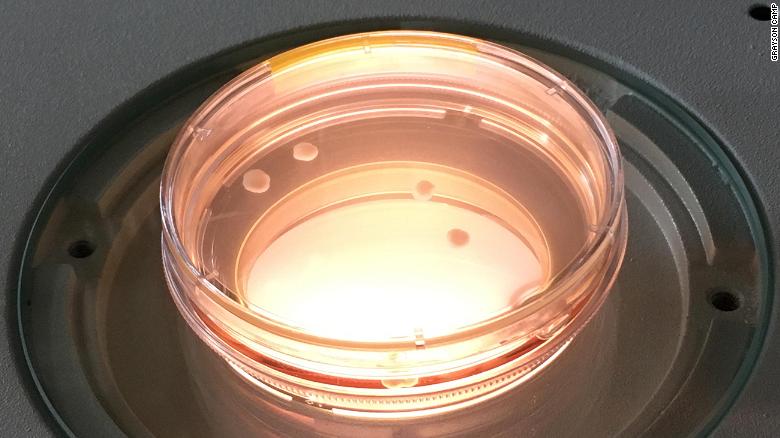We now know that many of us are part Neanderthal, with our genes carrying traces of past encounters between our early ancestors and the Stone Age homininsthat populated Europe until around 40,000 years ago.
Source: CNN
The evidence that early humans interbred with Neanderthals emerged in 2010 after scientists led by geneticist Svante Pääbo pioneered methods to extract, sequence and analyze ancient DNA from Neanderthal bones and mapped their genome in detail.
Now, a team of European researchers has taken that science to the next level, growing blobs of brain tissue from human stem cells that contain Neanderthal DNA and proteins, with the hope they will shed more light on how Neanderthals relate to modern humans.
“We were curious how much of the Neanderthal genome could be explored if you just have access to stem cells from the right people,” said Grayson Camp, research group leader at the Institute of Molecular and Clinical Ophthalmology in Basel, Switzerland, and author of a new study.
He said the research was a proof of concept that could potentially help understand cognitive and other differences between humans and Neanderthals — although it wasin a very early stage of research.
Camp, who is an assistant professor at the University of Basel, has also made brain-like tissue from chimpanzee cells to try and understand how the human brain has changed since humans diverged from chimpanzees and the other great apes.

Brains, simplified
The research, which was published Thursday in the journal Cell Stem Reports, used stem cells from the Human Induced Pluripotent Stem Cell Initiative (HipSci),which recently generated a living biobank of stem cells from many different humans. Nearly all of the cell lines in the biobank are from people of UK and Northern European descent — a population highly likely to have Neanderthal genes, Camp said.
“Per individual, there’s something like between 1% and 4% of the genome likely derived from Neanderthals,” he explained.
“If you then look at 200 individuals you end up recovering about 20% of these Neanderthal genes. This means that altogether this stem cell resource has most of the Neanderthal genes present in Europeans inside.”
The team then grew brain organoids — 3D blobs of brain tissue just a few millimeters wide and only just visible to the naked eye — from these cells by nurturing them in a petri dish with a growth factor.
Organoids, which can mimic in a rudimentary way many human organs, can be used to test the specific effects of drugs safely outside the body, something that has revolutionized and personalized areas such as cancer treatment.
“Researchers have of course generated and analyzed organoids from human cells before, just no one had ever bothered to look at what the Neanderthal DNA might be doing,” Camp said.
Proof of concept
Camp was keen to stress that these were not “lab-grown Neanderthal brains.”
“These are human cells, they’re not Neanderthal cells but human cells that have Neanderthal DNA naturally inside them,” Camp said.
“This is totally different to Jurassic Park.It’s more about studying the mechanism than try to recreate something (that no longer exists.) “
Neurons in lab-grown brain organoids, sometimes called mini brains, have been shown to make connections and generate some electrical activity — but they don’t yet come anywhere close to a real adult human brain.
In the future, other body-part tissues could be cultured and studied in this way to see how Neanderthal traits might have shaped our own, Camp said.
For example, Neanderthal genes in the stem cells that have links with hair and skin color could be used to explore these traits, given that it’s already possible to generate skin organoids that have sprouted hair.
Similarly, it could potentially be used to create intestine organoids to look at how sets of enzymes process food, giving information on Neanderthal diet.
He added that it would be interesting to access stem cells from other populations around the world to study Denisovan DNA — an archaic cousin to Neanderthals whose DNA isn’t present in Europeans.
However, given the technical variations in culturing these cells, it may take at least a couple of years for the technique to yield interesting data, Camp said.
“It is tricky to do these experiments properly, because one doesn’t expect there to be major differences: Neanderthals and Humans were after all very similar. Also, these culture systems are not optimal yet,” he said.
Source: CNN

































Leave a Comment
You must be logged in to post a comment.